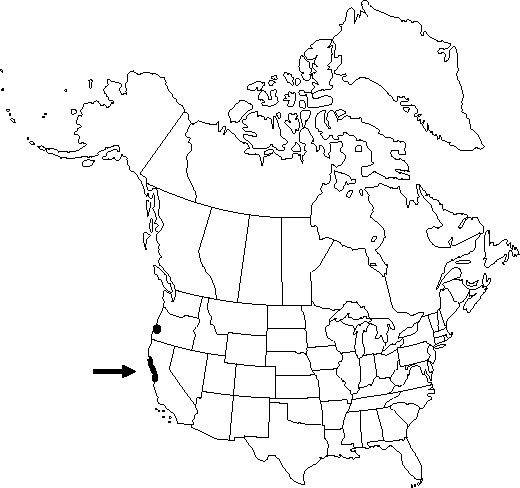Difference between revisions of "Berberis darwinii"
Icon. Pl. 7: 672. 1844.
FNA>Volume Importer |
FNA>Volume Importer |
||
| Line 52: | Line 52: | ||
|publication year=1844 | |publication year=1844 | ||
|special status=Introduced | |special status=Introduced | ||
| − | |source xml=https://jpend@bitbucket.org/aafc-mbb/fna-data-curation.git/src/ | + | |source xml=https://jpend@bitbucket.org/aafc-mbb/fna-data-curation.git/src/f6b125a955440c0872999024f038d74684f65921/coarse_grained_fna_xml/V3/V3_690.xml |
|genus=Berberis | |genus=Berberis | ||
|species=Berberis darwinii | |species=Berberis darwinii | ||
Revision as of 20:54, 24 September 2019
Shrubs, evergreen, 1-3 m. Stems dimorphic, with elongate primary and short axillary shoots. Bark of 2d-year stems brown, densely tomentose. Bud scales 2-4 mm, deciduous. Spines present, pedately 5-9-fid. Leaves simple; petioles 0.1-0.3 cm. Leaf blade obovate, 1-veined from base, 1.7-3 × 0.9-1.2 cm, thick and rigid, base acute or acuminate, margins reflexed, undulate, toothed or shallowly lobed, each with 2-4 teeth or lobes 1-3 mm high tipped with spines to 1.2-1.6 × 0.2-0.3 mm, apex obtuse or rounded; surfaces abaxially glossy, smooth, adaxially glossy, green. Inflorescences racemose, rather dense, 10-20-flowered, 3-4 cm; bracteoles membranous, apex acuminate. Flowers: anther filaments without distal pair of recurved lateral teeth. Berries dark purple, spheric, 6-7 mm, juicy, solid.
Phenology: Flowering winter (Feb).
Habitat: Humid areas near coast
Elevation: 0-20 m
Distribution

Calif., Oreg., native, s South America.
Discussion
Berberis darwinii only rarely escapes from cultivation. It is resistant to infection by Puccinia graminis.
Selected References
None.